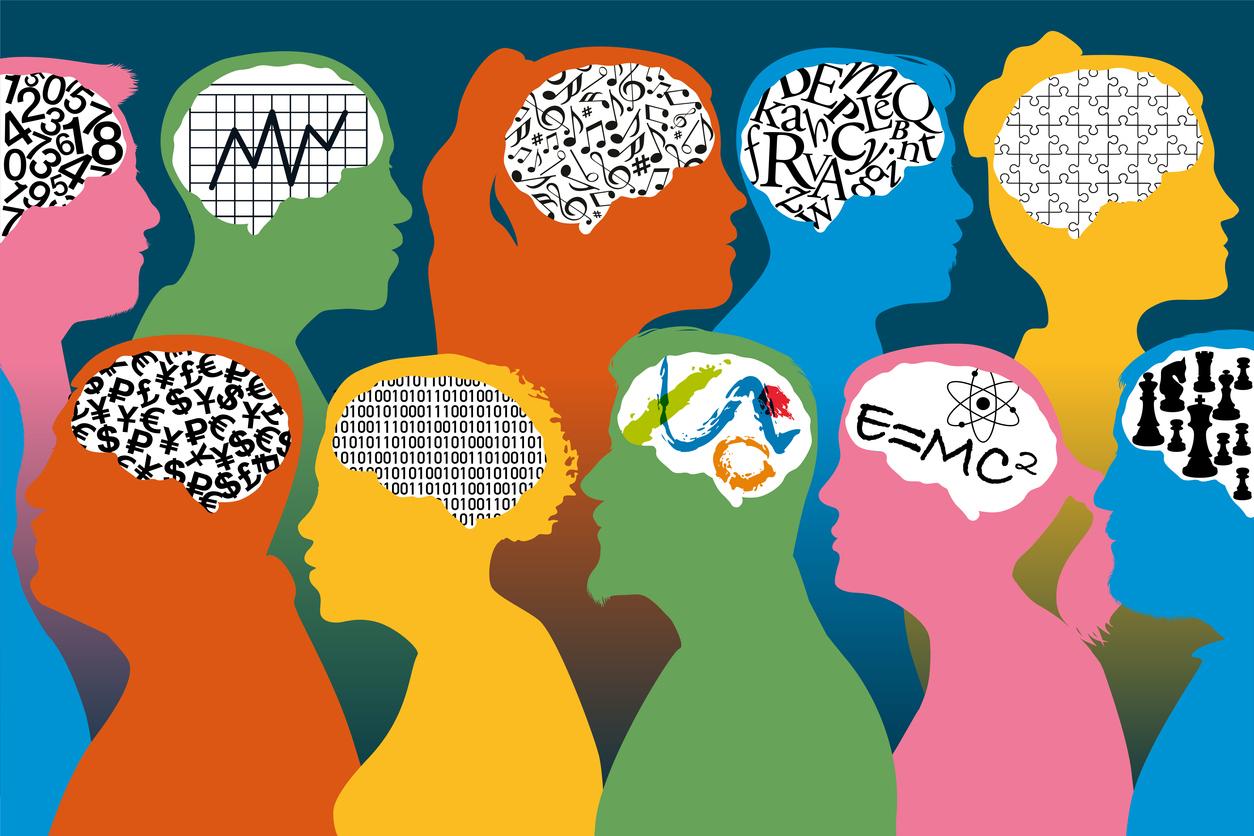Researchers confirm the existence of differences in the human brain based on sex thanks to artificial intelligence that they have developed.

- An AI was able to distinguish between male and female brain scans with over 90% accuracy.
- This highlights intrinsic sex differences in brain organization.
- This discovery opens the door to the development of targeted treatments for neuropsychiatric disorders and personalized medical approaches.
We often have the impression that men’s and women’s brains do not work the same way. And that indeed seems to be the case. Stanford Medicine researchers managed to confirm this theory using artificial intelligence (AI).
The AI model they developed was able to accurately determine the sex of individuals from brain scans, with more than 90% success. This confirms the existence of significant differences between the sexes in the organization of the brain. Their discovery was published in the journal Proceedings of the National Academy on February 20, 2024.
An AI differentiates the brains of men and women
To develop their artificial intelligence, the researchers first developed a tool that learns to classify brain imaging data. Each time they told him whether they were brain scans of male or female patients. The tool then began to “notice” elements helping it to make the difference itself. “This model demonstrated superior performance than previous studies, in part because it used a deep neural network that analyzes dynamic MRI scans. This approach captures the complex interaction between different brain regions”indicates the communicated. The team submitted approximately 1,500 brain scans from establishments in the United States and Europe. The AI accurately identified the participant’s gender in more than 9 out of 10 cases.
“The success of the model suggests that detectable sex differences exist in the brain, but they simply have not been reliably detected before”explain the authors.
“One of the main motivations for this study is that sex plays a crucial role in human brain development, in aging and in the manifestation of psychiatric and neurological disorders”specifies Dr Vinod Menon, professor of psychiatry and behavioral sciences. “Identifying consistent and reproducible sex differences in the healthy adult brain is a crucial step toward a deeper understanding of sex-specific vulnerabilities in psychiatric and neurological disorders.”
Brain and gender: how has AI made the difference?
The particularity of the AI developed by Stanford University is that it can explain how it sorted the scanners. The researchers thus noticed that the tool mainly focused on the default brain network (group of regions active when we give free rein to our thoughts) as well as the striatum and the limbic network (both involved in learning and how we respond to rewards) to differentiate men from women.
With this data, the team wanted to see if it was possible to develop a model capable of predicting the performance of participants in certain cognitive tasks, based on the functional characteristics of the brain that differ in the two sexes. They obtained two tools: one is able to effectively predict cognitive performance in men, but not in women, the other is the opposite. The results show that brain activity varies by sex and has significant behavioral implications.
“These models worked very well because we were able to separate brain patterns between the sexes”indicates Dr Menon. “This tells me that neglecting sex differences in brain organization could lead us to miss key factors underlying neuropsychiatric disorders.”
This AI will be made accessible to everyone so that scientists can use it in their work. “Our AI models have very broad applicability”assures Dr Menon. “A researcher could use our models to look for brain differences related to learning disabilities or differences in social functioning, for example – aspects we want to better understand to help individuals adapt and overcome these challenges .”

















